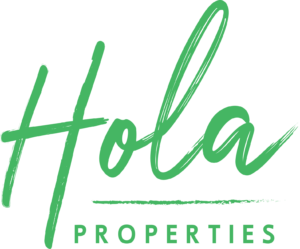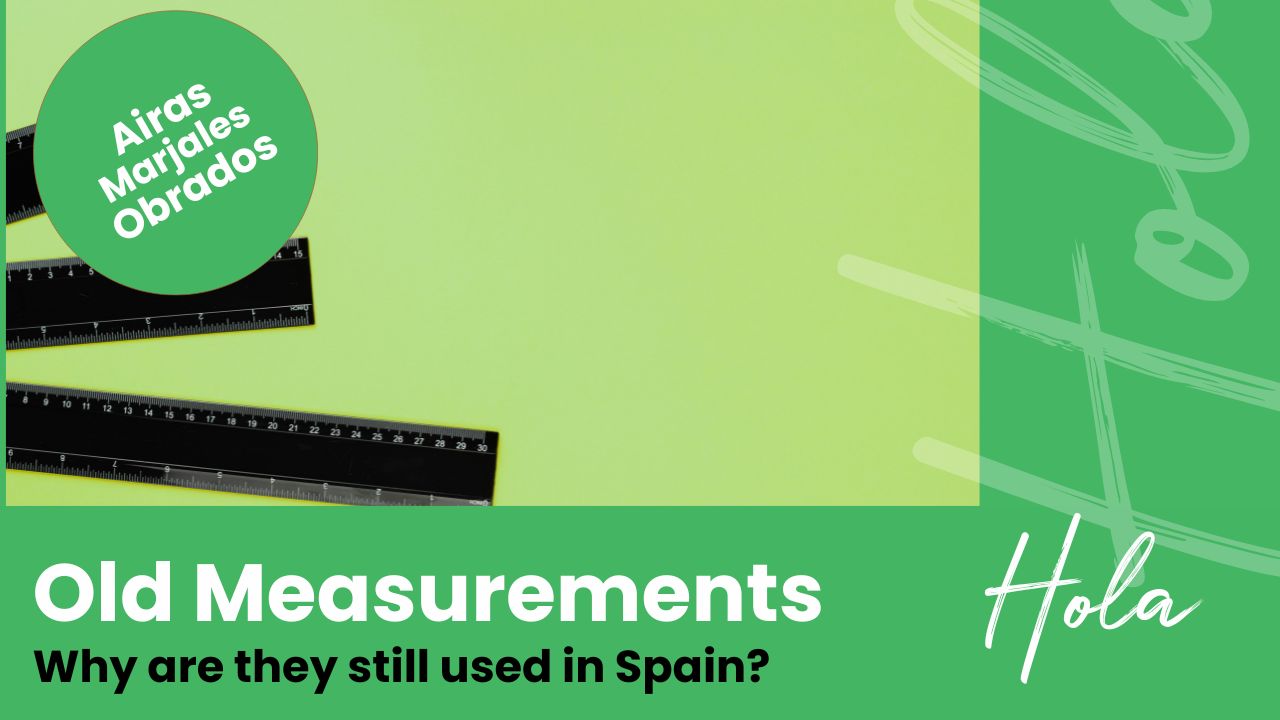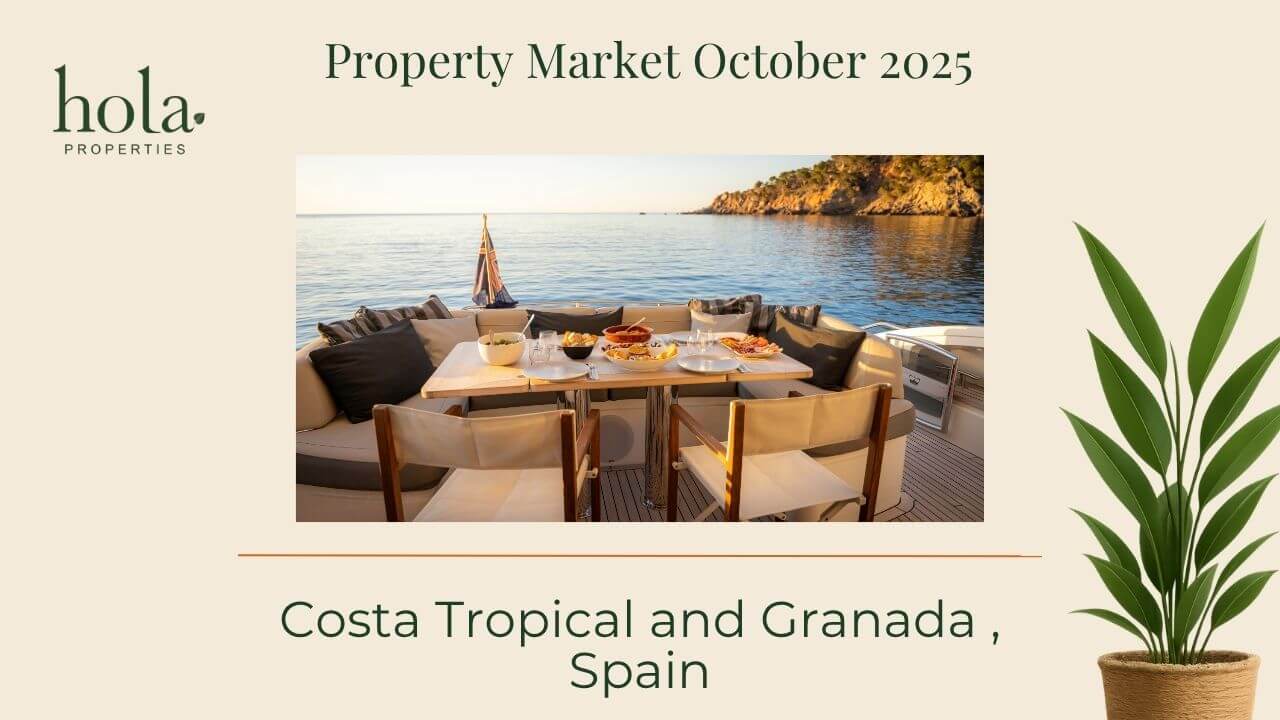In a recent conversation with Angela from Hola Properties in The Lecrin Valley, we delve into the fascinating world of historical land measurements used in Spain. While most modern property transactions rely on the metric system, some older documents and escrituras (property deeds) still reference antiquated units, leading to confusion among buyers and sellers. Here, we unravel these measurements and their implications.
The Metric System vs. Historical Measurements
In modern Spain, properties are measured in square meters. However, historical documents might still use archaic units, especially in rural or rustic areas. One such unit is the “area,” which equals 100 square meters. Thus, a property listed as “13 areas” translates to 1,300 square meters. This practice is prevalent in the south of Spain and can cause confusion when trying to reconcile modern and historical documents.
The Mysterious Marjal
Another old measurement, the “marjal” (plural: marjales), is specific to certain regions like Granada, Jaén, and Baza. One marjal is equivalent to 528 square meters. For instance, if a property is listed as 6.5 marjales, it covers 3,432 square meters. This unit is unfamiliar to many, especially those from outside Spain, requiring conversions fora better understanding.
Misconceptions and Clarifications
Angela highlighted a common misconception about a measurement allegedly based on the floor area of a plaza in the Alhambra. Despite extensive research, no evidence supports this claim. Instead, the marjal is often associated with ploughable land, reflecting the agricultural roots of these measurements, also known locally as an Orbado
Challenges with Legal Documentation
A significant issue arises when the measurements in the Cadastro differ from those in the escritura. This discrepancy can complicate property transactions, especially for international buyers, as modern legal practices demand precise alignment of these documents. Failure to do so can delay sales or impact the property’s valuation, especially if a mortgage is involved.
Ensuring Accurate Documentation
To prevent these issues, it’s crucial for property owners to have their documents reviewed and updated well before a planned sale. Angela offers a “health check” service, where she verifies and aligns the escritura with the Cadastro records. This proactive approach can save time and avoid complications during the selling process.
Conclusion
Understanding historical land measurements is vital for anyone involved in the Spanish property market, particularly in regions where these units are still in use. Ensuring that all legal documents are accurate and up-to-date is essential for a smooth transaction. For personalized advice and assistance, reaching out to experts like Angela can provide the clarity and support needed to navigate these complexities. If you have any questions or need help with your property documents, don’t hesitate to contact Angela and her team.
By staying informed and proactive, you can ensure your property dealings are both smooth and legally sound.
To see the full video just click here
To read more advice articles just click here




